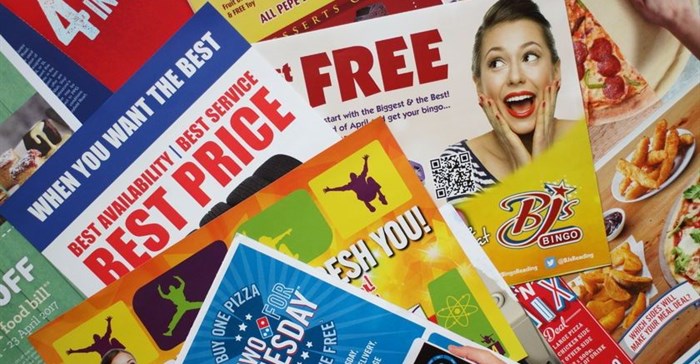
Simply put, hyperlocal means reaching customers in your immediate vicinity. It’s what many small businesses desire, even in the digital age when small businesses have unprecedented capability to reach global audiences.
The fact is many small businesses don’t want to reach global audiences. They don’t have the resources, both advertising and operational, to scale out and compete with global organisations. Instead, they need to maximise their limited advertising budgets.
Email and other forms of digital marketing have been attractive for some time now for well-documented reasons, including cost, speed, and agility. It’s cheap and quick to get an email out and relatively easy to make changes quickly and re-send. You can even break recipients into very small, highly defined groups and target people with individualised messages.
The characteristics that defined email and other digital forms as attractive similarly limited print. Print was expensive and slow to produce, primarily because of the plates that were used to create the images on the paper. And it was inflexible because you couldn’t individualise printed material without exorbitant cost and absolute calendars of time.
But that’s different in the digital age when you can now print digital images. That’s significant because it means you can individualise pieces on the fly, for example, to address pieces to individual people as they run off the printer at high speed. But even that’s old news now. Print is quick, it’s a lot cheaper, comes in small volumes, and it’s highly flexible as a result.
And it’s becoming more of all of those qualities as people increasingly suffer from something called email fatigue. This is also not entirely new but it’s scope, however, is unprecedented. Most people dislike email. Cleaning your inbox during the festive season and getting the new year off to a fresh start with an empty inbox is a thing. In fact, 75% of people get a lot of email they never open and 65% say they get too much of the stuff, according to an Epsilon survey.
Email’s popular decline coincides with the rise of print’s fortunes. People prefer print these days. Even direct mail if it’s in print. Print is seen as quality material in a world of instant digital gratification precisely because it’s more expensive and time consuming to produce – plus it offers a tactility digital could never provide short of a keyboard short circuit.
And those reasons play into why it’s so useful for hyperlocal marketing. It’s cheaper and quicker to produce than ever before, thanks to digital production equipment and more, and can be individualised at the same time. Yet it presents a face that speaks of quality and caring, which is what consumers want from brands – especially small businesses, which they perceive as being more in touch with their needs as opposed to large, typically unresponsive conglomerations.
There are the usual go-to print pieces for small businesses. Fliers, business cards, posters, street pole ads, banners, and other outdoor media such as signs rank among them. But savvy marketers are combining that with the digital benefits attached to geo-location services and search engine marketing to quickly target specific offerings to neighbourhoods.
Digital’s capabilities in this regard are well documented. Print has come to the party too. All the potion now needs are insightful marketers to roll out hyperlocal campaigns to maximise the impact for local businesses in a world besotted with the hyperlocal.
